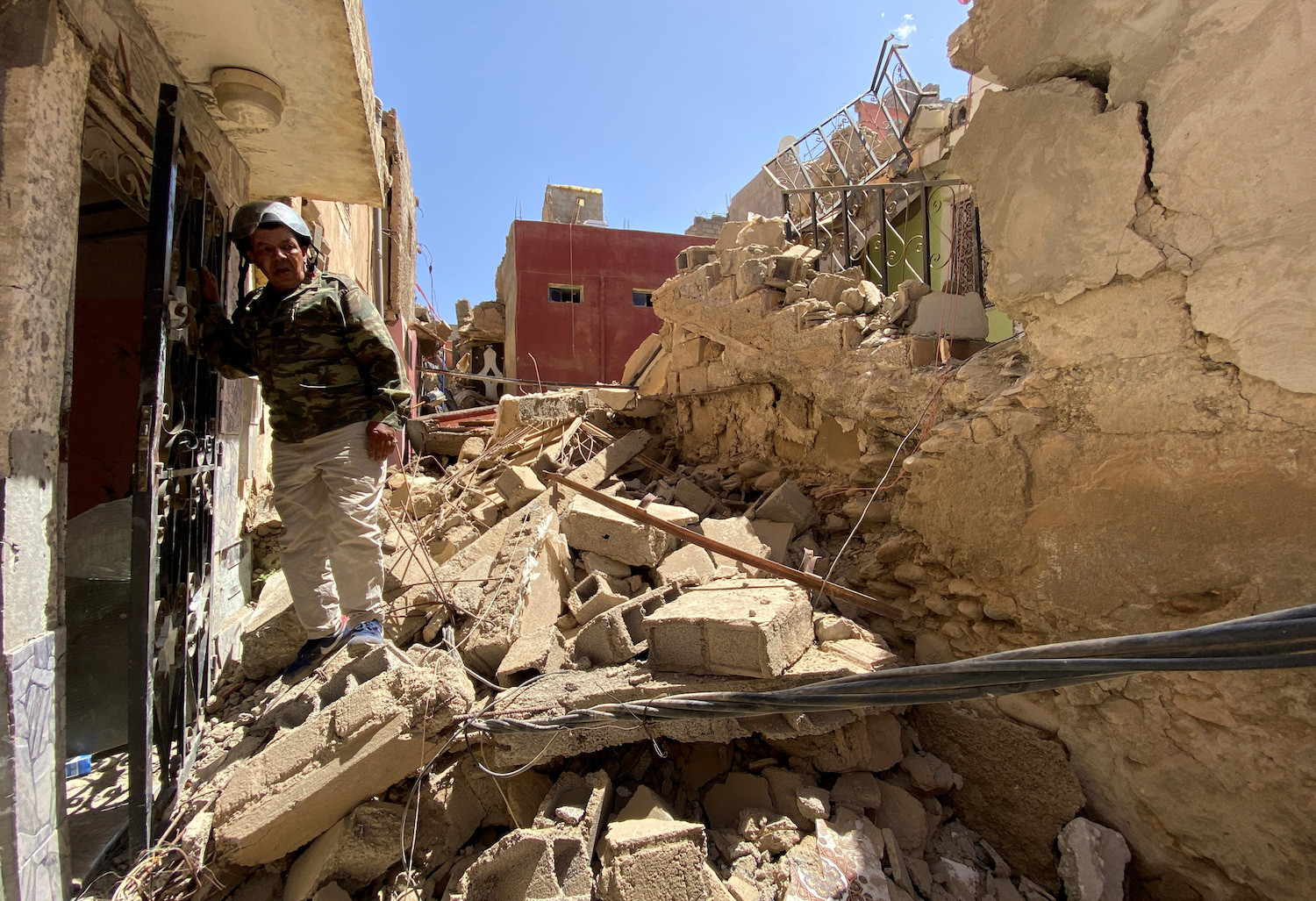In a harrowing turn of events, Morocco was shaken to its core late Friday night by a rare and formidable earthquake that left more than 1,000 lives tragically lost and a trail of destruction that stretched from remote mountain villages in the Atlas Mountains to the historic and beloved city of Marrakech. As the dust settled and the scale of devastation became apparent, the true extent of the catastrophe remained uncertain, as courageous rescuers battled treacherous boulder-strewn roads in their valiant efforts to reach the most severely affected mountain communities.
The terrifying seismic event, registering at a magnitude of 6.8, jolted the populace awake from their slumber, propelling them into the streets, gripped by fear and disbelief. Eyewitness accounts paint a vivid picture of the chaos and pandemonium that ensued, with one resident recounting how dishes and wall hangings transformed into deadly projectiles, and individuals were mercilessly knocked off their feet and chairs. Another distraught woman described her frantic escape from her trembling house, while a man cradling a child vividly recalled being rudely awakened in the dead of night by the relentless shaking.

State television broadcasts depicted the eerie scene of Marrakech’s streets, now populated by a frightened populace, hesitant to return to buildings that bore the potential threat of instability. Many residents, forced to confront the nightmarish reality, sought refuge outdoors, wrapping themselves in blankets as they desperately attempted to find solace in restless slumber.
This devastating earthquake stands as the most significant to strike Morocco in a staggering 120 years. Its ruthless power toppled cherished buildings and ancient city walls constructed from stone and masonry, structures never designed to withstand the ferocity of such a seismic assault. The nation now grapples with an overwhelming tragedy, with communities shattered and countless lives forever altered by the relentless forces of nature.

























